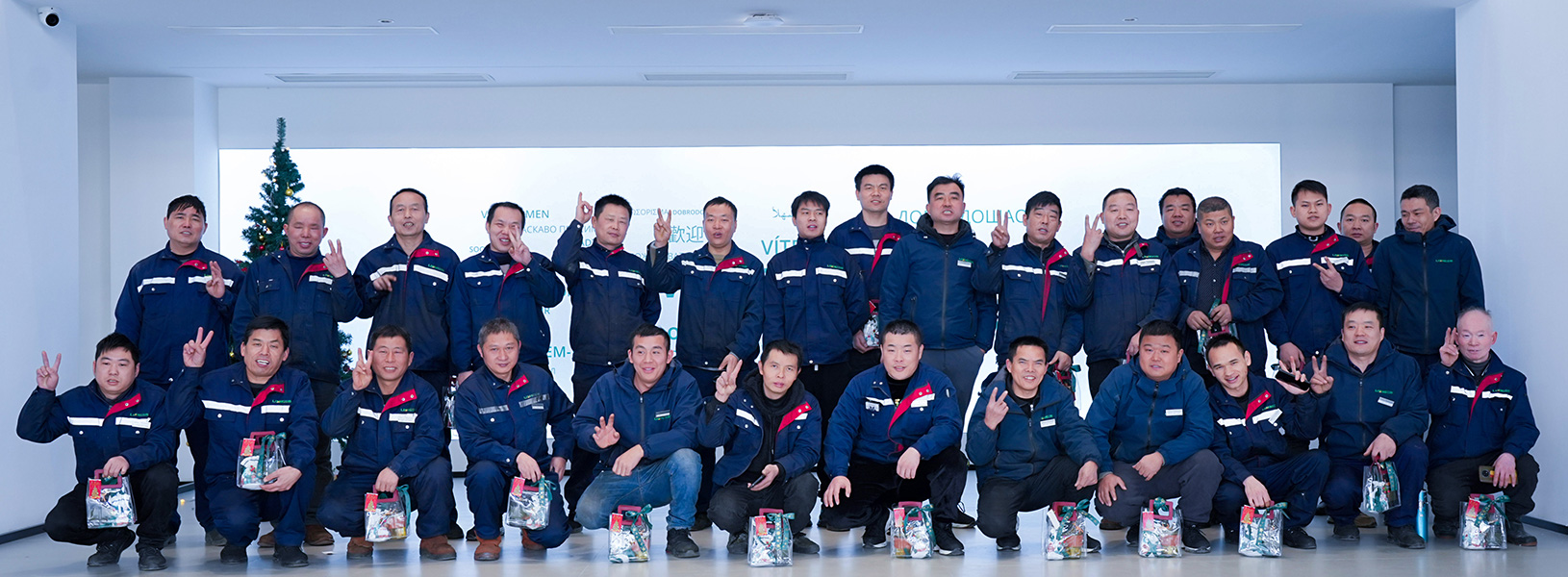
6 Factors Affect Flexo Ink Viscosity
In the world of flexographic printing, maintaining consistent ink viscosity is essential for achieving high-quality, accurate, and efficient results. Whether you’re printing on paper, plastic, or metallic film, the viscosity of your flexo printing inks plays a major role in image clarity, ink transfer, drying time, and even production speed.
In this blog post, we’ll explore 6 key factors that affect flexo ink viscosity, explain why it matters, and show how proper ink viscosity measurement can ensure consistent printing performance.
What Is Ink Viscosity?
Ink viscosity refers to a liquid’s resistance to flow. In printing, it determines how easily the ink moves from the anilox roller to the plate and finally onto the substrate. Viscosity is commonly measured in centipoise (cP) and varies depending on the type of ink and application method.
In flexographic ink viscosity control, getting the viscosity right means better ink transfer, fewer defects, and consistent color quality. Too low, and the ink runs or fails to cover properly. Too high, and it may clog the plate, leading to print skips or over-inking.
Why Ink Viscosity Matters in Flexographic Printing
In flexographic printing, viscosity impacts:
-
Print quality: Proper viscosity ensures clean lines and accurate color density.
-
Ink transfer efficiency: Optimal flow prevents ink waste and minimizes defects.
-
Drying speed: The wrong viscosity can lead to smearing or incomplete drying.
-
Production consistency: Stable viscosity reduces the need for rework or downtime.
6 Key Factors That Affect Flexo Ink Viscosity
| Factor | Impact on Ink Viscosity |
|---|---|
| Ink Composition | Different ink types (water-based, solvent-based, UV) have different viscosity behaviors. |
| Substrate Type | Porous materials need lower viscosity; non-porous ones need higher viscosity for adhesion. |
| Printing Plate Type | Shallow plates need thinner ink; deep plates can use thicker ink. |
| Press Speed | Faster speeds require lower viscosity; slower speeds can use thicker ink. |
| Temperature & Humidity | Heat lowers viscosity; cold and humidity can increase it or change drying behavior. |
| Evaporation & Aging | Solvent loss or aging can increase viscosity over time; proper sealing and mixing help. |
Ink Composition
The type of flexo ink you’re using—water-based, solvent-based, or UV-curable—affects its natural viscosity range.
-
Water-based inks are more sensitive to evaporation and temperature.
-
Solvent-based inks typically have more stable viscosity but can evaporate quickly.
-
UV inks maintain viscosity until cured but require controlled application.
Additionally, pigment concentration, resin content, and additives also affect how thick or thin the ink flows.
Learn more: 4 Types of Flexographic Inks
Substrate Type
The surface you’re printing on directly influences the required viscosity:
-
Porous substrates (like kraft paper or cardboard) absorb ink quickly and perform better with low-viscosity inks.
-
Non-porous substrates (such as PE, PET, or foil) require higher viscosity inks for proper adhesion and image sharpness.
Matching the ink viscosity to the substrate ensures optimal coverage and print durability.
Printing Plate Type
Different plate designs and materials demand different viscosity levels:
-
Plates with shallow reliefs require thinner ink for smooth transfer.
-
Plates with deeper reliefs can accommodate thicker ink and higher viscosity.
Choosing the right ink viscosity for your plate type helps reduce wear and improves print consistency.
Press Speed
Speed matters. The faster your press runs, the thinner your ink needs to be:
-
High-speed presses need lower viscosity to prevent ink spitting, misting, or incomplete transfer.
-
Slow-speed presses can handle higher viscosity without issues.
Adjusting viscosity in line with press speed keeps print quality high and minimizes waste.
Temperature and Humidity
Environmental conditions have a significant impact on ink viscosity:
-
Heat reduces viscosity, making ink flow faster.
-
Cold increases viscosity, leading to thicker ink and potential print defects.
-
Humidity affects water-based inks, potentially diluting them or changing drying times.
It’s important to maintain a stable environment in your printing facility and monitor ink behavior during seasonal changes.
Evaporation and Ink Aging
Over time, ink viscosity can shift due to evaporation or chemical breakdown:
-
Open ink trays allow solvents to evaporate, increasing viscosity.
-
Long-term storage without proper sealing can alter ink properties.
Regular ink viscosity measurement and gentle mixing help maintain consistency throughout the print run.
How to Measure and Control Ink Viscosity
Effective ink viscosity measurement ensures stable performance. Methods include:
-
Viscometers: Tools like Zahn cups or Brookfield viscometers offer precise control.
-
On-press systems: Some modern presses include automatic viscosity controllers.
-
Manual adjustments: Adding diluents or thinners can correct viscosity mid-run.
Always follow manufacturer guidelines and conduct frequent checks to avoid print issues.
Recommended Viscosity Range for Flexo Inks
While exact values depend on the ink system and substrate, most flexo printing inks fall in the 20–300 cP range. Water-based inks often perform well around 25–60 cP, while UV inks might require higher viscosity.
Conclusion
Flexo ink viscosity is more than just a number—it’s a vital parameter that directly affects print quality, speed, and efficiency. By understanding the six key factors—ink composition, substrate, plate type, press speed, environment, and aging—you can ensure better control and better results in every print job.
Need help choosing or managing the right ink for your flexo press? Contact Lishg, your trusted partner in flexographic ink solutions.




